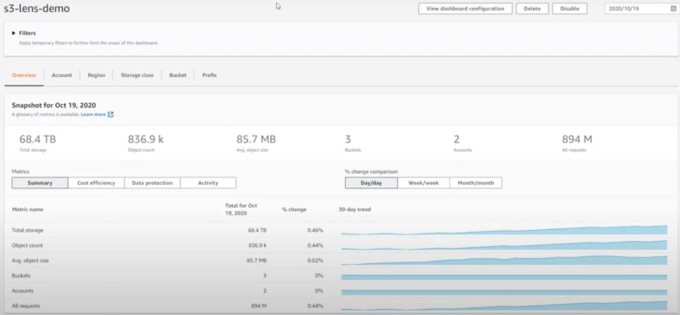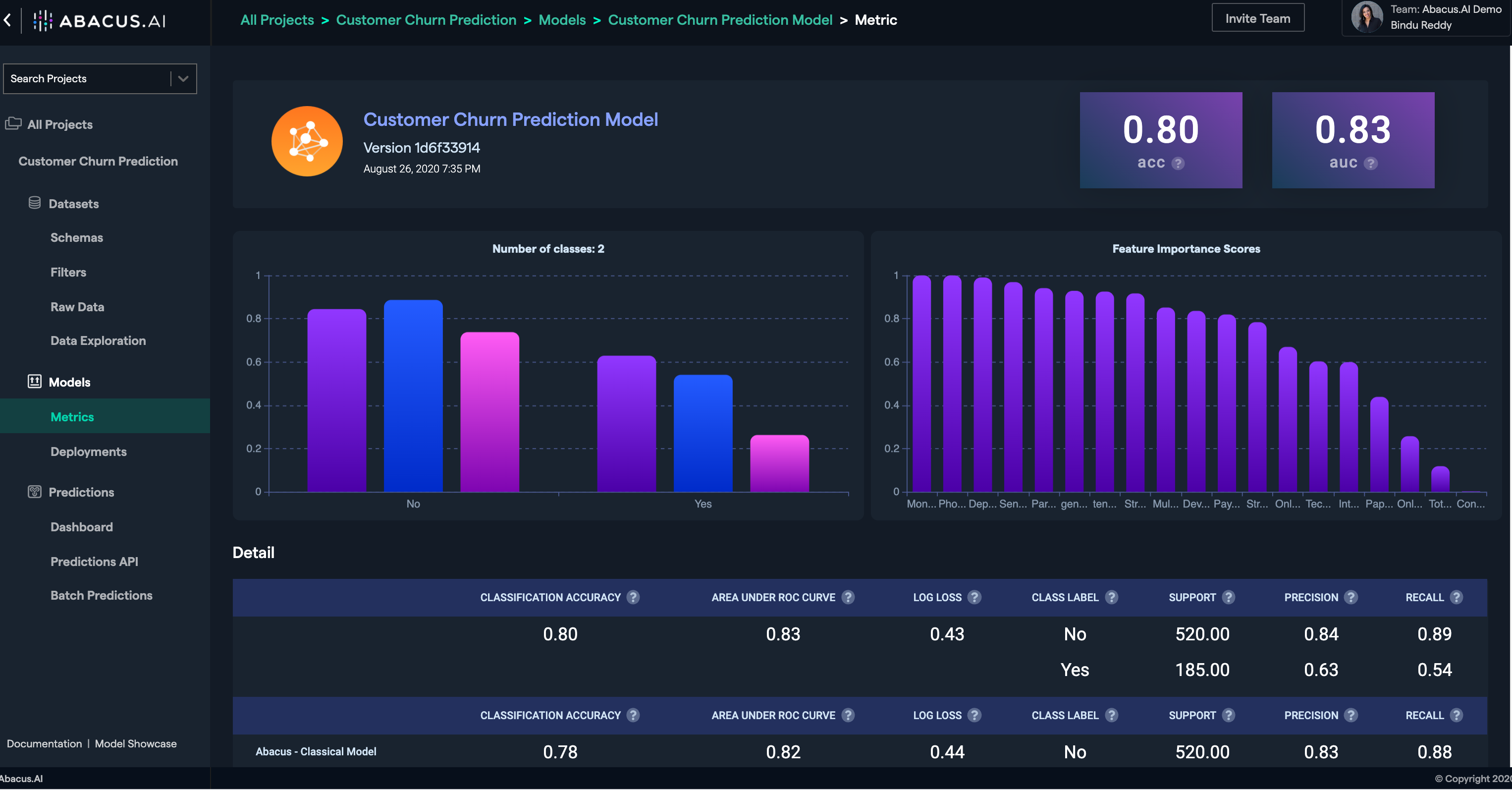CloudBolt announces $35M Series B debt/equity investment to help manage hybrid cloud
CloudBolt, a Bethesda, Maryland startup that helps companies manage hybrid cloud environments, announced a $35 million Series B investment today. It was split between $15 million in equity investment and $20 million in debt.
Insight Partners provided the equity side of the equation, while Hercules Capital and Bridge Bank supplied the venture debt. The company has now raised more than $61 million in equity and debt, according to Crunchbase data.
CEO Jeff Kukowski says that his company helps customers with cloud and DevOps management including cost control, compliance and security. “We help [our customers] take advantage of the fact that most organizations are already hybrid cloud, multi cloud and/or multi tool. So you have all of this innovation happening in the world, and we make it easier for them to take advantage of it,” he said.
As he sees it, the move to cloud and DevOps, which was supposed to simplify everything, has actually created new complexity, and the tools his company sells are designed to help companies reduce some of that added complexity. What they do is provide a way to automate, secure and optimize their workloads, regardless of the tools or approach to infrastructure they are using.
The company closed the funding round at the end of last quarter and put it to work with a couple of acquisitions — Kumolus and SovLabs — to help accelerate and fill in the road map. Kumolus, which was founded in 2011 and raised $1.7 million, according to Crunchbase, really helps CloudBolt extend its vision from managing on premises to the public cloud.
SovLabs was an early-stage startup working on a very specific problem creating a framework for extending VMware automation.
CloudBolt currently has 170 employees. While Kukowski didn’t want to get specific about the number of additional employees he might be adding to that in the next 12 months, he says that as he does, he thinks about diversity in three ways.
“One is just pure education. So we as a company regularly meet and educate on issues around inclusion, social justice and diversity. We also recruit with those ideas in mind. And then we also have a standing committee within the company that continues to look at issues not only for discussion, but quite frankly for investment in terms of time and fundraising,” he said.
Kukowski says that going remote because of COVID has allowed the company to hire from anywhere, but he still looks forward to a time when he can meet face-to-face with his employees and customers, and sees that as always being part of his company’s culture.
CloudBolt was founded in 2012 and has around 200 customers. Kukowski says that the company is growing between 40% and 50% year over year, although he wouldn’t share specific revenue numbers.
![]()







